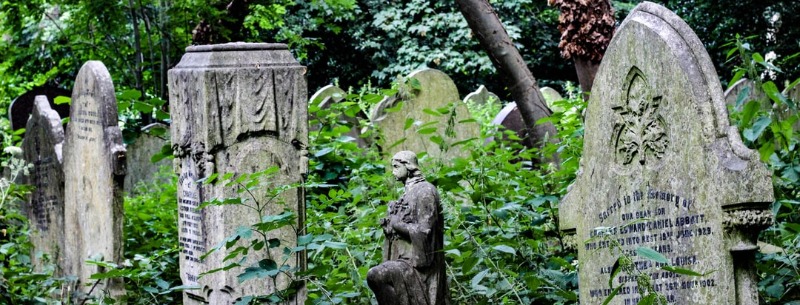While doing some research for some upcoming posts, I kept stumbling over the term “dark tourism.” I had never heard of it before, but it is defined as:
Dark tourism is the act of travel and visitation to sites, attractions and exhibitions which has real or recreated death, suffering or the seemingly macabre as a main theme.
At first, I found the thought gruesome, and couldn’t imagine why it would appeal to any traveler. Dark Tourism would include travel to battlefields (such as Bunker Hill, Gettysburg, Normandy), Cemeteries and Gravesites (such as Ground Zero, Auschwitz, Arlington Cemetery, Jimi Hendrix grave), Prisons, Castles, and Monuments or Memorials to the Dead (WWII Memorial, Vietnam Wall, Astronaut Memorial).
Bunker Hill Monument – Boston
Most of the 1775 Battle of Bunker Hill, the first major British-Colonial battle of the Revolutionary War, didn’t take place on Bunker Hill at all – most of the fighting took place on Breed’s Hill. But the geographical error continues to this day, and the 221 foot tall Bunker Hill Monument stands proudly on Breed’s Hill.
Construction of the monument was an on-again, off-again process, building furiously when funds were available, then halted when funds were gone. Eventually, battlefield grounds had to be sold off to help complete the monument, leaving only the summit where the monument stands. The monument was dedicated in 1843, with remarks from noted orator, Daniel Webster.
The Monument is an obelisk, that is, its tall, narrow, granite sides taper into a pyramid at the top. In front, is a statue of William Prescott, memorable for his heroic actions in the Battle of Bunker Hill, and for his phrase, “Don’t fire ’til you see the whites of their eyes!”
The monument site went through a major renovation, re-opening earlier this year. In addition to basic repairs and new lighting, many improvements were made to make the site more accessible. Additionally, the Bunker Hill Museum was established across the street from the site.
Bunker Hill Monument is operated by the National Park Service and is located on the Freedom Trail. It is open from 9 am – 4:30 pm daily. There is no admission charge. Allow a couple of hours to wander the ground and climb to the top, especially in heavy tourism times.
The view from the top is spectacular, and although there is no elevator, lots of visitors opt to climb 294 steps to take advantage of that view. From there, it’s almost hard to remember that the colonists lost the battle.
Jimi Hendrix Grave Site – Seattle
Lots of musicians have called Seattle home at one time in their life.
Long before rap, grunge, and heavy metal, there was Rock & Roll. And there was Jimi Hendrix.
Jimi Hendrix was born in Seattle on November 27th, 1942. As a young child, he took an interest in music, playing the broom as if it were a guitar. His dad eventually found him a one-string ukulele, and then he eventually moved up to an acoustic guitar. Shortly after that, he joined his first band. A year later he graduated with an electric guitar and another band.
After serving in the U.S. Army’s “Screaming Eagles” paratroop division, he began working as a session guitarist, playing with several marquis acts. He struck out on his own, playing smaller venues in Greenwich Village, and eventually moved to London where he formed the Jimi Hendrix Experience in 1966. His first album, “Are You Experienced” featured songs that were to become anthems of a generation, including: “Purple Haze,” “The Wind Cries Mary,” and “Foxy Lady.”
Hendrix returned to the United States, built a recording studio in New York City, and took the country by storm. He played an electric version of the “Star-Spangled Banner” at Woodstock, to critical musical acclaim and political controversy.
Hendrix died on September 18th, 1970 while on tour. He left behind a musical legacy that had embraced blues, ballads, rock, rhythm, and blues, and jazz morphed into a new musical style that was distinctly his own. He never did learn how to read or write music, though.
After his death, his family had his body returned to Seattle for burial in the family plot. Jimi’s grave, the first in the family plot, had a modest headstone that reads “Forever In Our Hearts — James M. “Jimi” Hendrix — 1942-1970.”
Following a protracted legal battle, Jimi’s father Al eventually gained rights to Jimi’s musical collection, providing financial security for the Hendrix family. Al began plans for a larger memorial for Jimi, a place where Jimi could be visited by his family by blood, as well as his larger family of fans. (An estimated 14,000 fans visit the grave every year.) The memorial will eventually be the final resting place for other family members as well.
The memorial was opened to the public in 2002, shortly after the death of Jimi’s father. Every year, on November 27th, Jimi’s birthday, fans visit the memorial to pay respect to a Seattle musical legend.
Location: The memorial is located at Greenwood Memorial Park, 350 Monroe Avenue N.E., in Renton.
Hours: The cemetery is open daily during daylight hours.
Final Words
For some travelers, dark tourism is the key point of travel, while for others, it is merely one part of larger travel experience.
What do you think? Is it travel with historical and cultural significance? Or just weird?
